Ant Sang has been a part of New Zealand’s comic scene for decades, with the graphic novels The Dhama Punks and Shaolin Burning to his name. Beyond that, his art will be familiar to many people from the cartoon bro’Town and Auckland Museum’s The Quiet Achievers: From Gardens to Gold Medals project about how Chinese New Zealanders have shaped Auckland, which Ant created with writer Helene Wong. Here, Eddie Monotone interviews Ant with a focus on recently released 4 Yaks and a Yeti.
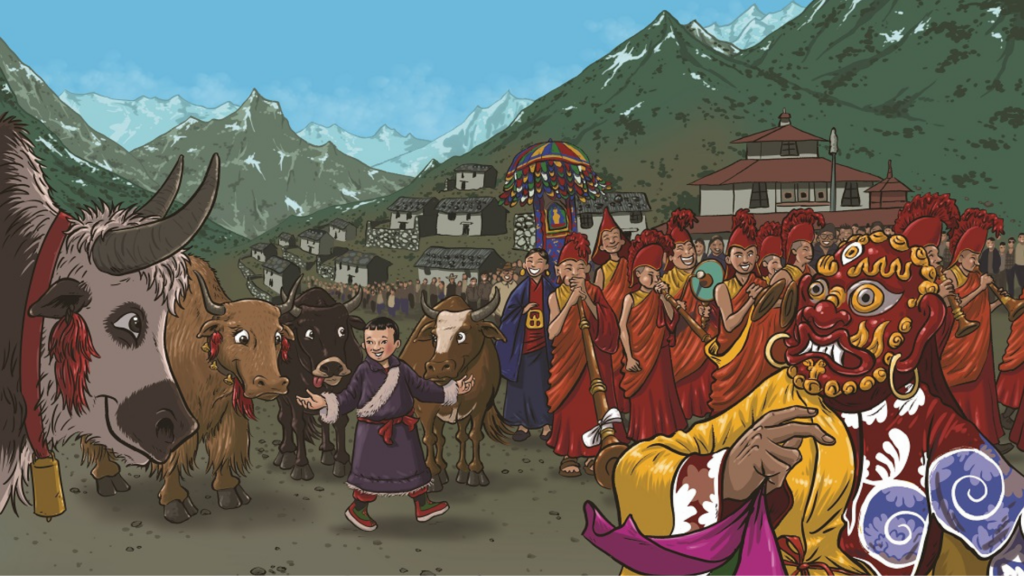
4 Yaks and a Yeti tells the story of Lhakpa, a Nepalese boy who, along with his four yaks, goes on a quest through the mountains to find Shangri-La. The story is both an adventure tale and a philosophical fable. The book was written by Peter Hillary, Chairman of the Himalayan Trust, son of Sir Edmund Hillary, and an accomplished mountaineer and philanthropist in his own right. A beautifully printed hardcover, 4 Yaks is a richly colourful book, accentuated with an embossed, foiled cover.
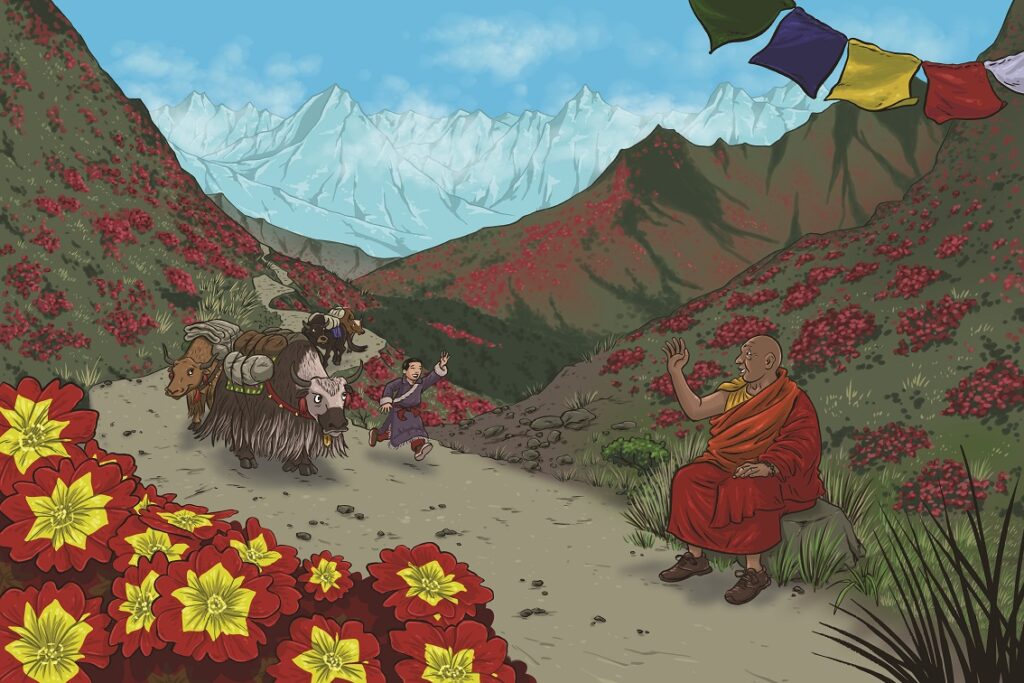
What first struck me with 4 Yaks and a Yeti is what a lush production it is. Are you happy with how it came together?
It’s really beautiful to look at, eh. I obviously knew what the pictures looked like because I did them, but it’s always nice when you take it out of the box when you get sent your author copy and you see that the production design just brings it up another notch. It’s great when that happens and you get really excited to see your own work because you know what it’s like when you’re staring at your own stuff day in day out, you kind of get a bit jaded.
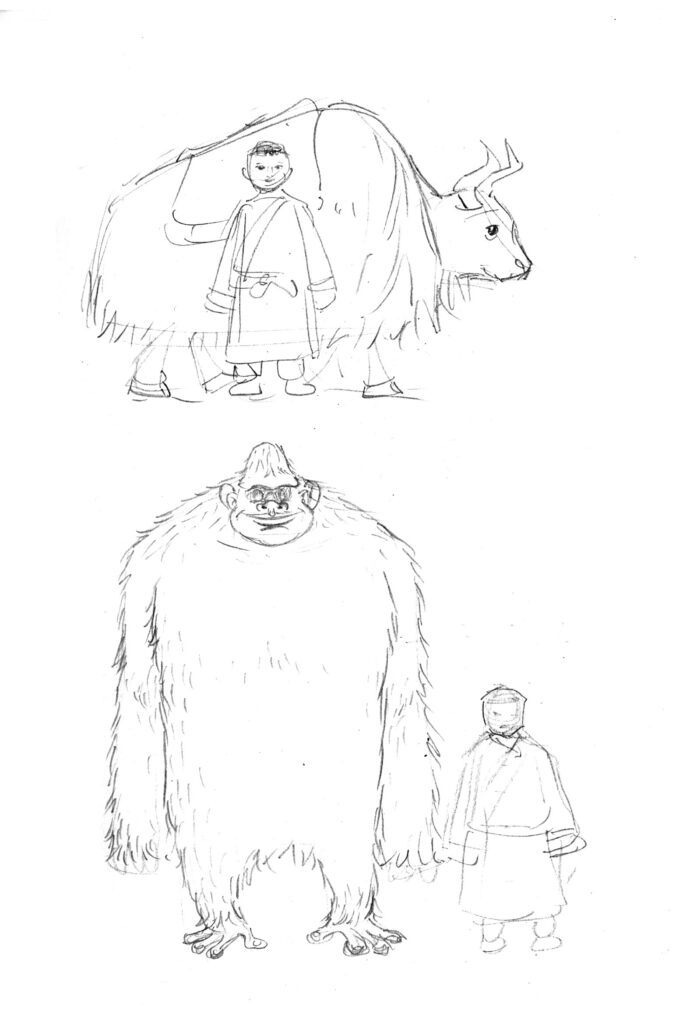
Research must have played a large part in your process for this book—I assume you weren’t previously well-practised in drawing Nepal and yaks?
Not at all! I met with Peter and he explained the different stages of the journey in the book and the different terrain that he [Lhakpa] would be going through. It was a bit hard to piece together but I was making notes, and then he gave me this book … that I still have to return to him … a photographic book put out through the Sir Edmund Hillary Foundation. It has some text but it’s mostly photographic, so I relied on that a lot as well as the internet.
What attracted me to the story was the chance to draw the landscapes. They were such an important part of the book, which was something I hadn’t done before. I did a lot of research, not only for the flowers and plants that are around the different terrains and areas, but also the yaks—trying to figure out what the yaks look like. But in all the photos I could find they all look different, and it was really confusing, so I had to ask Peter about them and try to figure out the horns and what they look like—the four different animals had to look different and distinct.
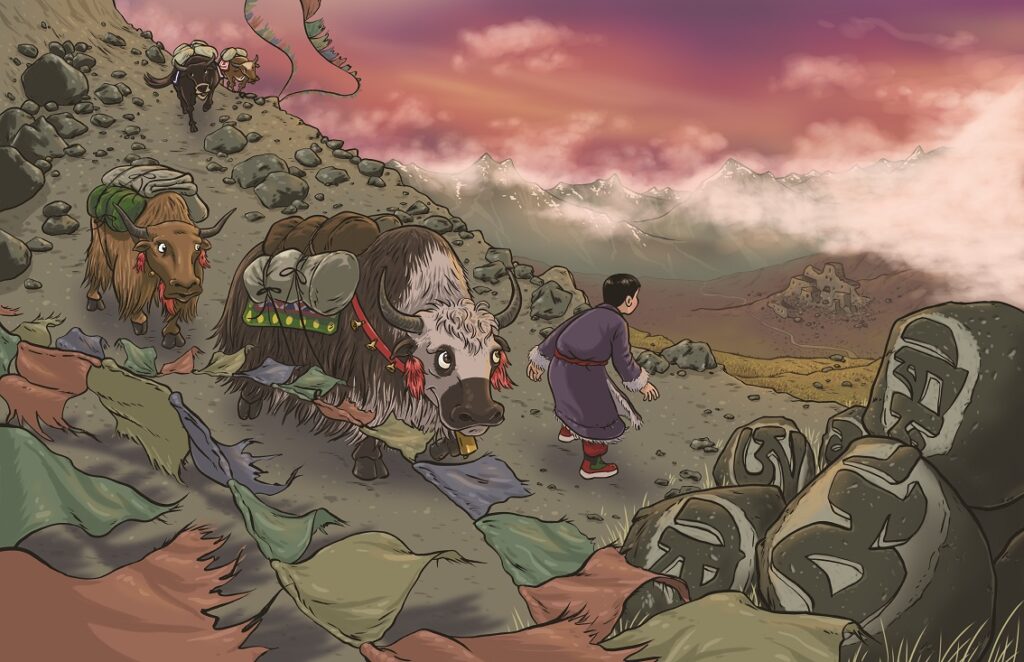
With a story set in a real place, with real people, is there an added level of responsibility that you don’t have illustrating, say, Helen and the Go-Go Ninjas (the dystopian time-travel graphic novel Ant made with Michael Bennett)?
There is a little bit at the early stages, that stage where you’re a bit confused about what things are meant to look like and when you find a photo or two and you’re thinking ‘is this really representative of what things are in general?’ Maybe I’ve found a photo of just one or two huts that could be unusual but I don’t know it, and they’re the only two that I’ve found that exist, and everything else looks completely different, you know.
So yeah, when you’re so unfamiliar with something, for me there is more worry about that kind of thing. Because Google can get you things quickly but it’s still not perfect in any way—what you find, sometimes you can’t find the context behind the photo.
The villages were really interesting, trying to figure out what the village would look like where Lhakpa lived because that’s just something I hadn’t really seen before, you know, so having to try and work out construction of their dwellings, how they made things, and it’s just so different from anything I’ve seen before.
It’s daunting, eh… because once it’s in print it’s in print, you do feel the pressure of getting these things right the first time. It’s not like putting it up on the web, you know, and you can change it if you spot something. Once it’s printed, it’s done.
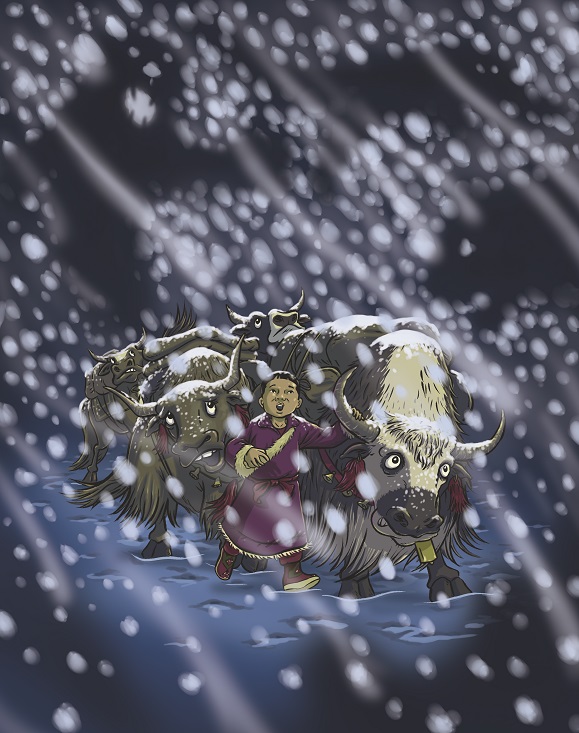
Did you find it was a similar situation working on The Quiet Achievers?
I think for that I was really keen to do it just because it was such an interesting project in terms of Chinese-New Zealand histories, which aren’t very well known in New Zealand.
Working with Helene [Wong], who was the writer on that book, we researched a lot and interviewed a lot of people and even I found a lot of things that I didn’t know about people’s stories that I didn’t know about. So it was a good kinda learning experience, and it was really nice to think that I was able to bring those stories to a wider audience. There was an intentional message there, you know—‘here we are, we’ve been here for ages, we’ve done good things, we’ve contributed to Auckland in ways that you never knew.’ So that was good, I enjoyed that.
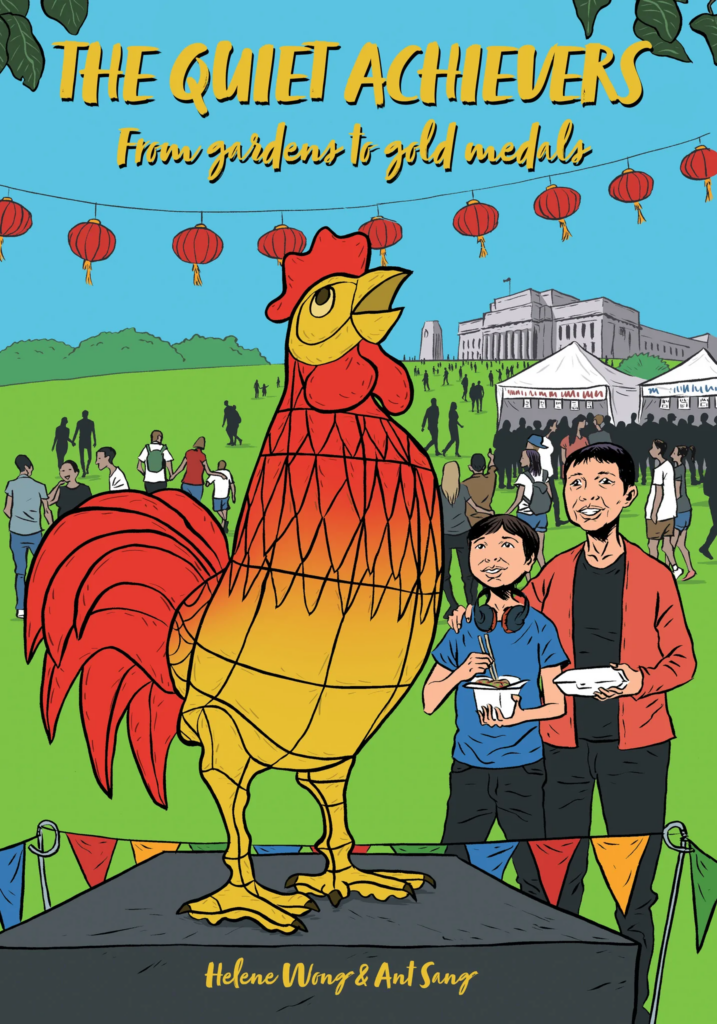
Does it feel different for you, working on someone else’s story as opposed to your own?
Yeah… I think it’s easier when I’m illustrating other people’s stories, because with that you’re just focussed on the process of illustrating—which can be a challenging process—but I find it easier just focussing on that rather than focussing on the story and the writing as well.
When I’m doing my comics and I’m writing and illustrating it, ideally I will have written the story, and then I start the artwork, but it never pans out like that. I start the artwork and still in the back of my mind the story’s ticking away and I want to change things and I’m constantly editing it throughout the whole process—so the story’s changing, I have to go back and change artwork… yeah, so it takes a lot more out of me.
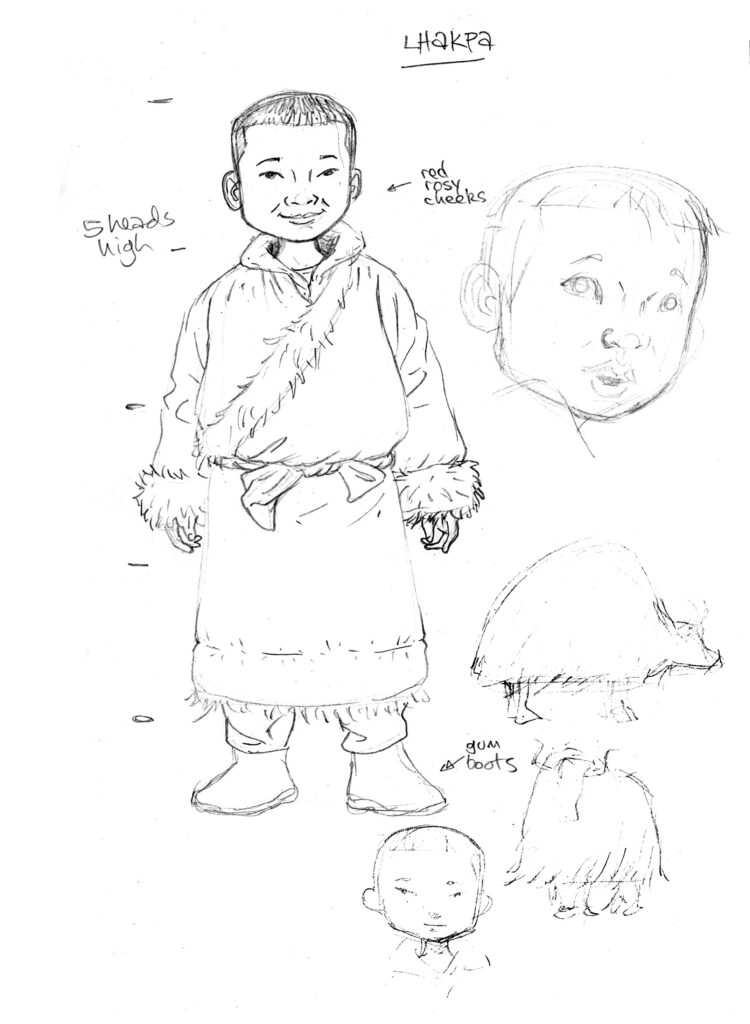
Not only in that respect but also because they’re quite personal stories and so it’s always in the back of my mind, I’m always thinking about it when I’m working on a project like that, like The Dharma Punks or Shaolin Burning. I guess I live in the story a lot more because I’m fully immersed in it, especially if it’s a big project—if it was a shorter project maybe not so much. But if it’s a big project then I might be working on it for a number of years, you know. Part of my brain is always thinking about that, whatever I’m doing—sitting watching TV, lying in bed at 3am, you know, it’s just always ticking away—‘what if I did this’, or ‘maybe that could change’. It’s quite a taxing process, I find, for me.
Whereas if I’m just illustrating a story, and I’m not in any way involved in the writing, then the artwork process has its challenges but it’s a lot easier to focus on just that aspect of it. I don’t have to think about what’s happening in the story because that’s something I can’t change. It’s not even a thought, really.
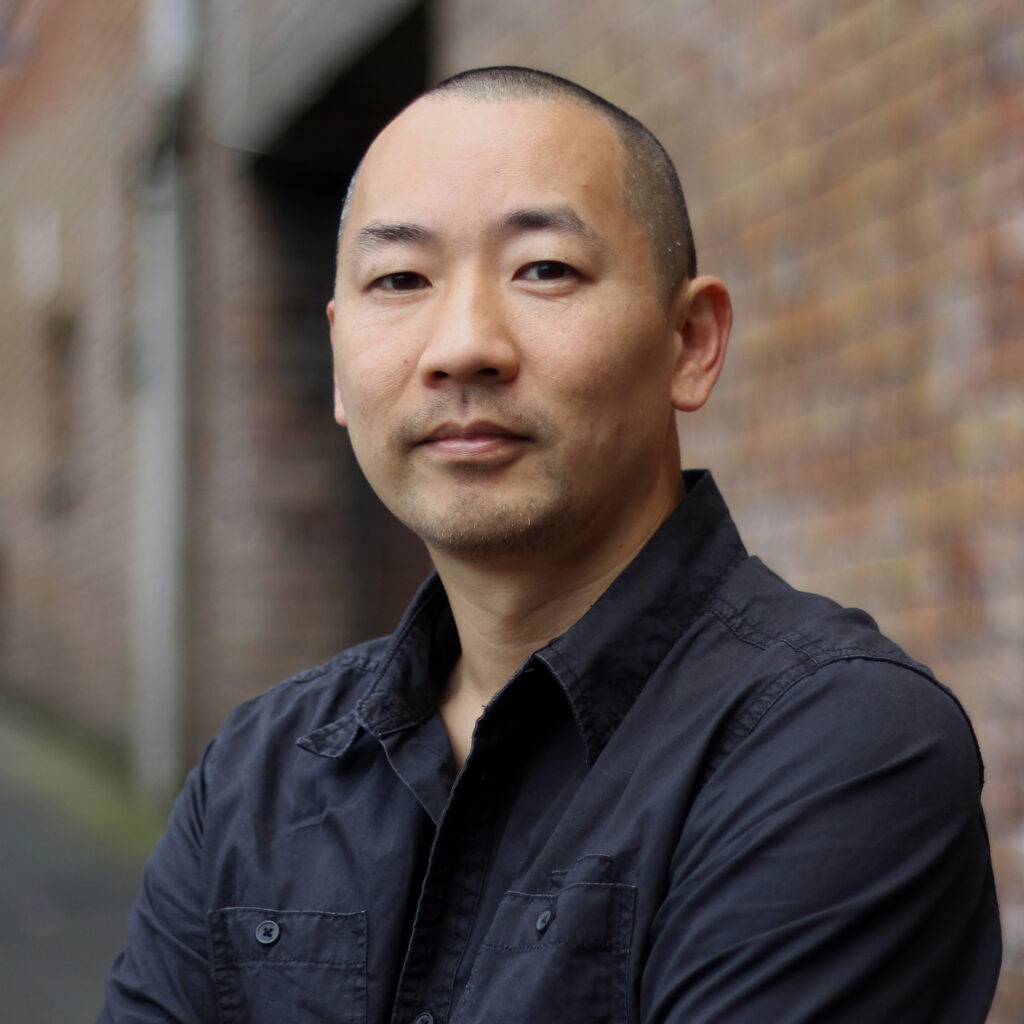
Do you have your own personal project ideas lurking that you’d like to do, or are you happy telling other people’s stories for a while?
I’ve always got other stories ticking away, but I’ve been so busy lately I haven’t really had time to even try and develop those stories. Which can be frustrating when I think about them and yeah, I wish I could work on them but day-to-day life is so busy trying to meet deadlines that I’m just kind of focussed on that. I’ve always got other things that I’d like to be doing as well, but there’s never enough time in the day, or the week, or the month…
Comics storytelling takes a long time, eh. It’s laborious. But I’ve been getting into film-making recently, just been starting to explore that medium. And that’s bloody time-consuming too. I guess no matter what art form you do, if you want to do it well it can take a lot more time than the viewer or the reader imagines goes into it. Someone reads a comic page in ten, fifteen seconds or something, and you’ve spent a couple of days doing it.
Part of me would like to maybe have a go at writing children’s stories one day but it’s just on the pile of things that I’d like to do one day. For now, illustrating’s pretty fun and I’m experimenting with a few different styles, which is always nice to do.
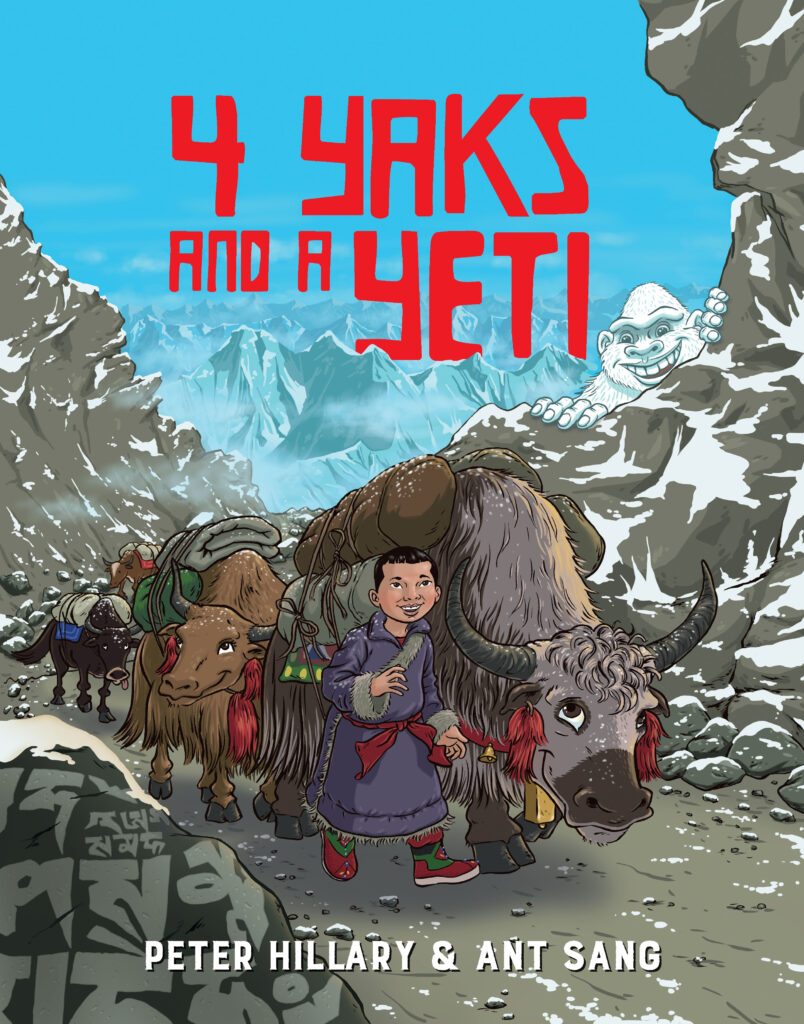
4 Yaks and a Yeti
Written by Peter Hillary
Illustrated by Ant Sang
Published by Bateman Books
RRP: $29.99
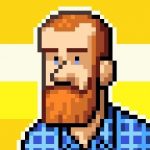
Eddie Monotone
Eddie Monotone is a cartoonist, illustrator and parent. He has been a part of the Kiwi comics scene for many years, publishing comics and cartoons both in print and online. When he’s not making comics he’s probably thinking about comics, and sharing those thoughts with anyone who’ll listen. www.edmocentral.com



